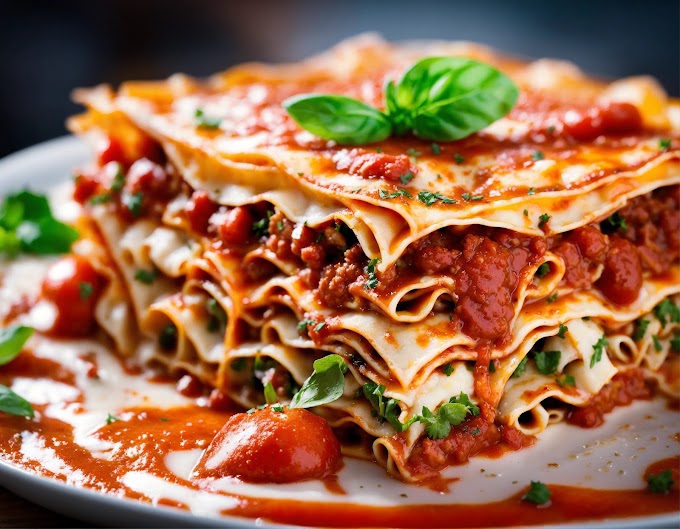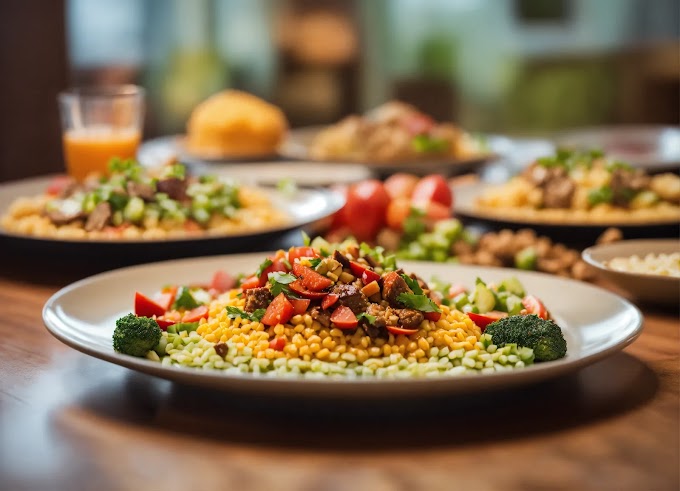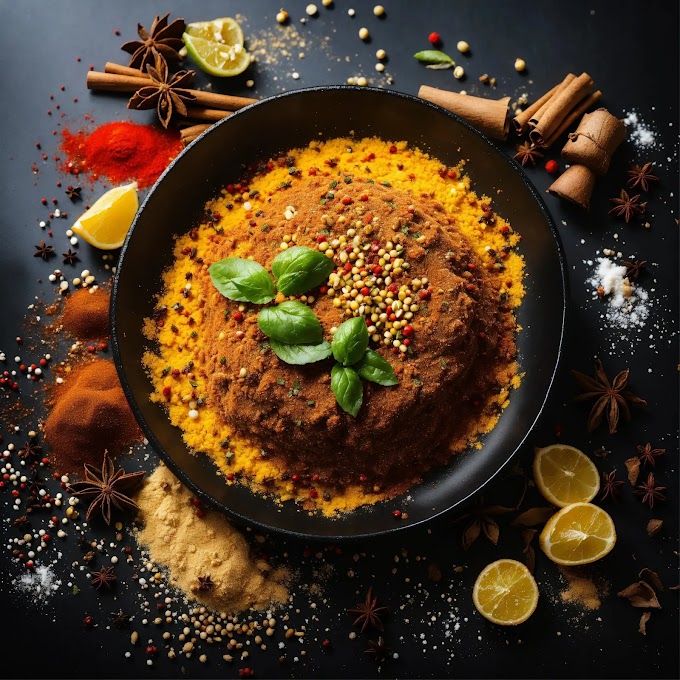Introduction:
Pork shoulder, with its succulent and flavorful profile, is a versatile cut that transforms into a culinary masterpiece when given the right treatment. In this detailed guide, we will explore the nuances of preparing the perfect pork shoulder—whether you're slow-roasting, braising, or grilling. From selecting the ideal cut to infusing it with aromatic spices, let's embark on a culinary journey that celebrates the art of cooking pork shoulder to perfection.
Selecting the Right Cut: The Foundation of Flavor: Choosing the right pork shoulder cut is crucial for a successful recipe. Opt for a bone-in, well-marbled Boston butt or picnic shoulder. The bone contributes to the meat's richness, while marbling ensures moist and tender results. If possible, source from a trusted butcher for the freshest and highest quality pork.
Preparing the Meat: A Symphony of Flavors: Before diving into the cooking process, properly prepare the pork shoulder to maximize flavor absorption. Consider marinating or dry rubbing the meat with a blend of herbs, spices, and aromatics. Allow the pork to marinate for several hours or overnight to let the flavors penetrate the meat deeply.
Slow-Roasting: The Art of Tender Perfection:
Slow-roasting is a classic method that transforms pork shoulder into a melt-in-your-mouth delicacy. Preheat your oven, sear the meat on all sides for a caramelized crust, then slow-roast at a low temperature. This technique allows the fat to render, creating a juicy and fork-tender result. Consider basting the pork intermittently to enhance its succulence.
Braising: Immersing in Flavorful Elegance: Braising involves cooking the pork shoulder in liquid, creating a dish with unparalleled depth and richness. Begin by searing the meat to build flavor, then add a combination of broth, wine, or aromatic vegetables. Slow-cook the pork until it reaches a fork-tender consistency. The resulting dish boasts a complex, savory profile that's perfect for any occasion.
Grilling: Infusing Charred Goodness:
For those who love the smoky essence of outdoor cooking, grilling pork shoulder is a delightful option. Create a flavorful dry rub or marinade, then sear the pork over high heat to lock in juices. Move it to indirect heat and slow-cook until the internal temperature is just right. The result is a perfect balance of smokiness and tenderness.
Conclusion: A Symphony of Flavor and Technique:
In conclusion, cooking the perfect pork shoulder is an art that combines the selection of the right cut, a symphony of flavors, and the mastery of various cooking techniques. Whether you prefer the slow-roasted tenderness, the rich elegance of braising, or the smoky allure of grilling, pork shoulder recipes offer a canvas for culinary creativity. So, roll up your sleeves, gather your ingredients, and embark on a pork shoulder adventure that will leave your taste buds singing. Happy cooking!
FAQs - Navigating Pork Shoulder Culinary Adventures:
How long should I marinate the pork shoulder?
- Marination time varies but, ideally, allow at least 4-6 hours, or overnight, for the flavors to permeate the meat. Longer marination periods intensify the taste.
What is the recommended internal temperature for cooked pork shoulder?
- Aim for an internal temperature of 195-205°F (90-96°C) for pulled pork. This ensures the connective tissues break down, resulting in tender, shreddable meat.
Can I use a slow cooker for pork shoulder recipes?
- Absolutely! A slow cooker is a convenient option. Sear the pork first for flavor, then transfer it to the slow cooker with your chosen liquid or sauce. Cook on low for 8-10 hours or until tender.
Is it necessary to let the pork shoulder rest after cooking?
- Yes, allowing the pork to rest for 15-20 minutes post-cooking helps redistribute juices, ensuring a moist and flavorful result. Tent it with foil to retain warmth.
Can I freeze leftover pork shoulder?
- Certainly! Freeze cooked pork shoulder in airtight containers for up to three months. Reheat gently to preserve its tenderness and flavor.











Thank you for comments